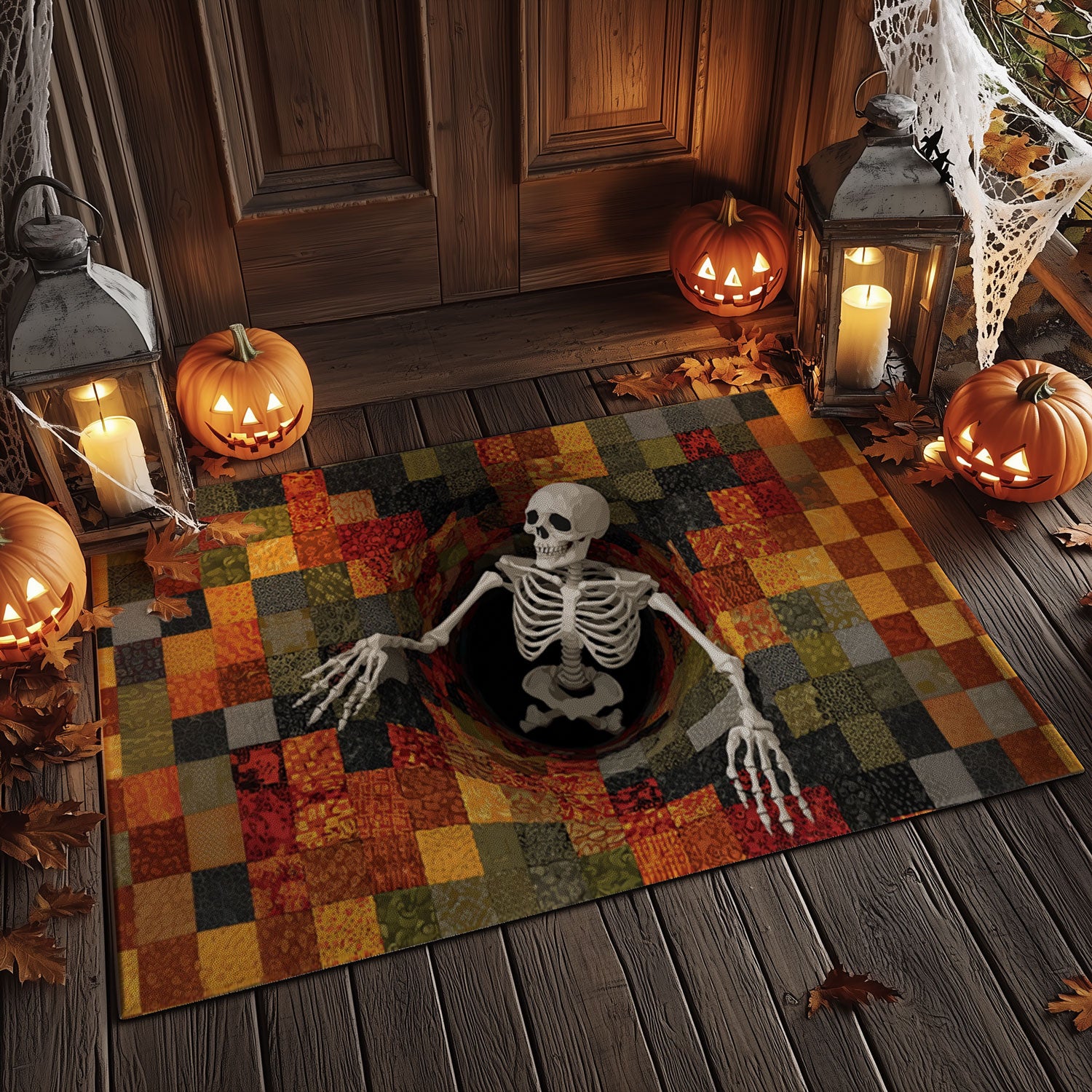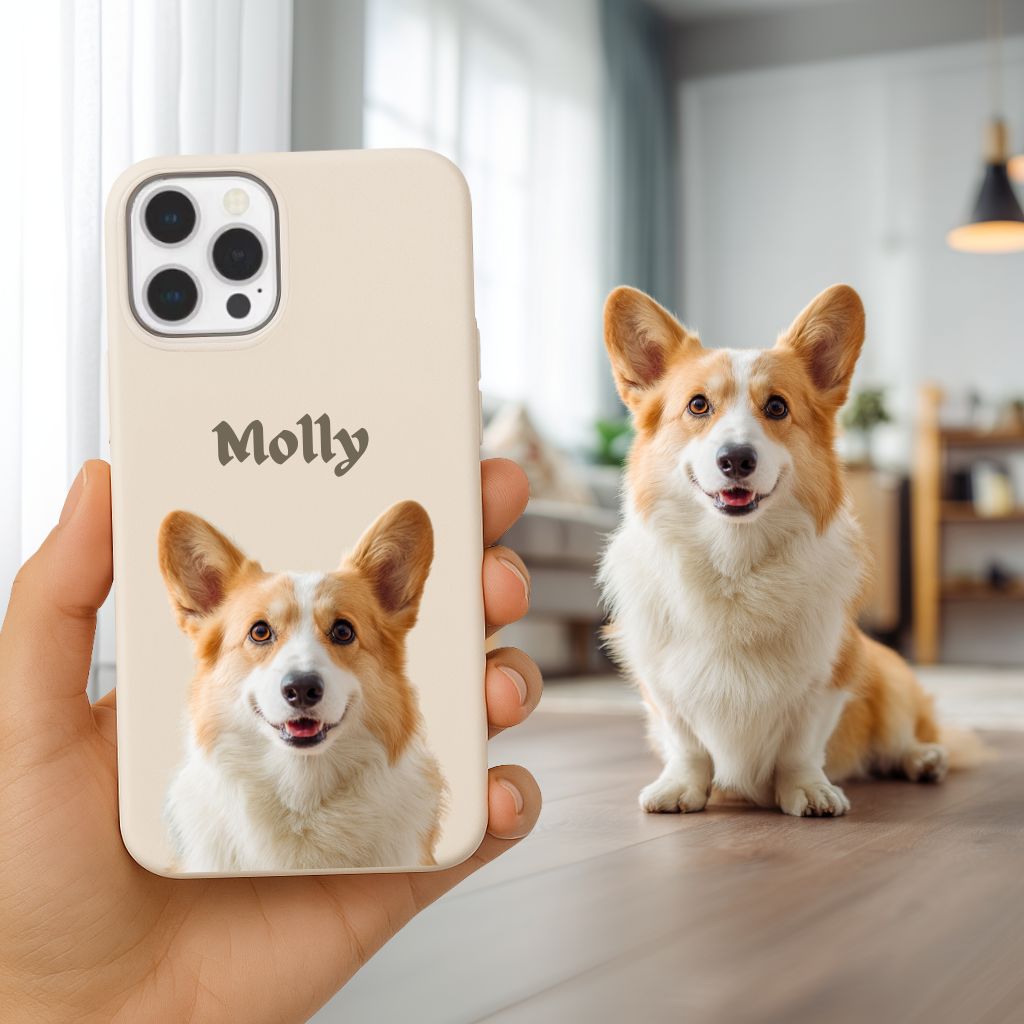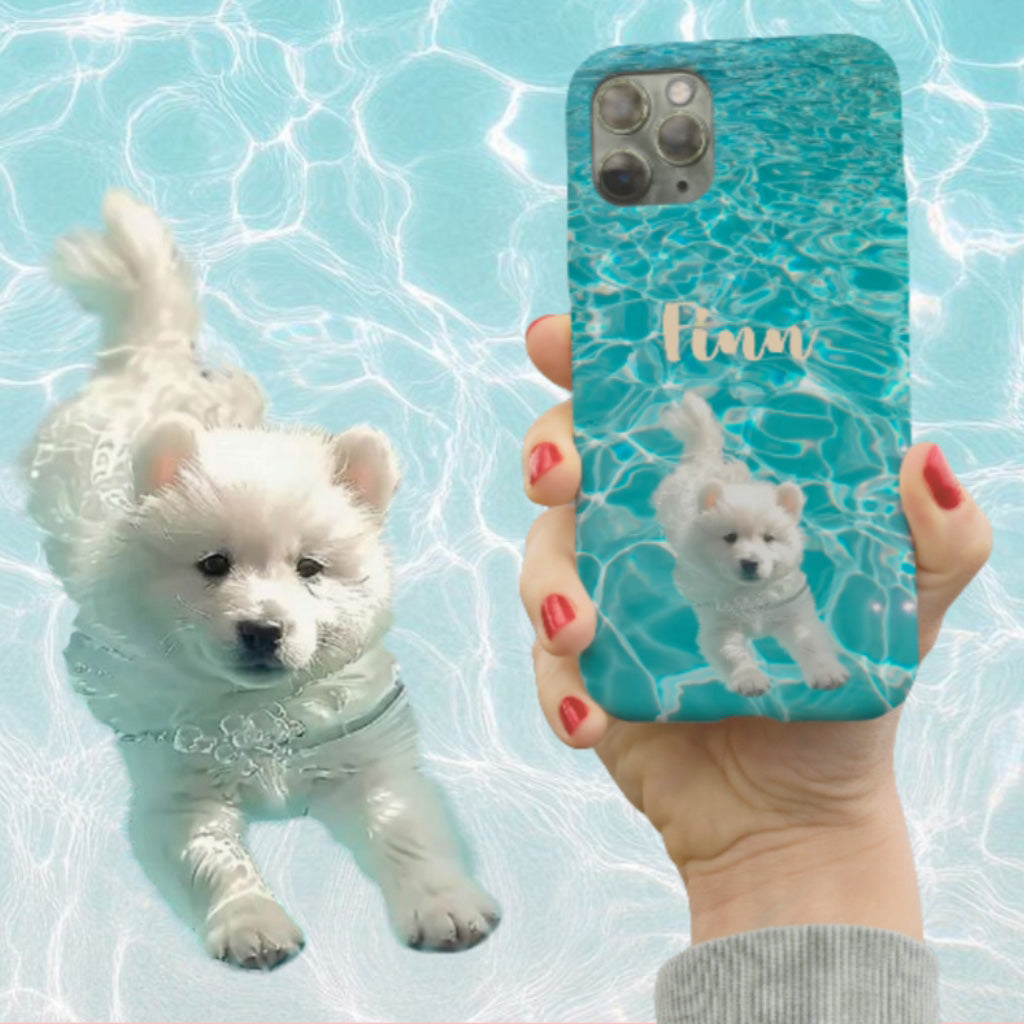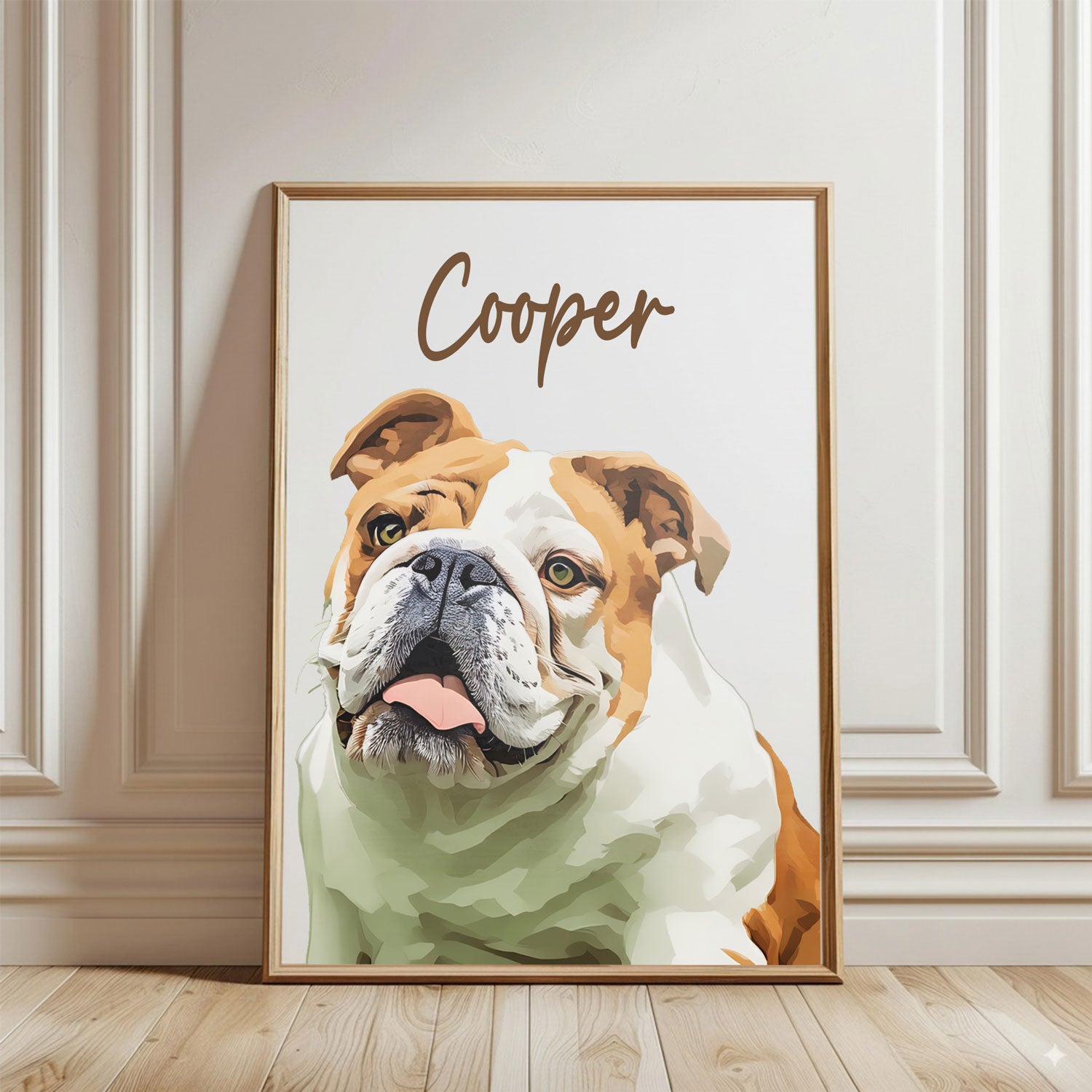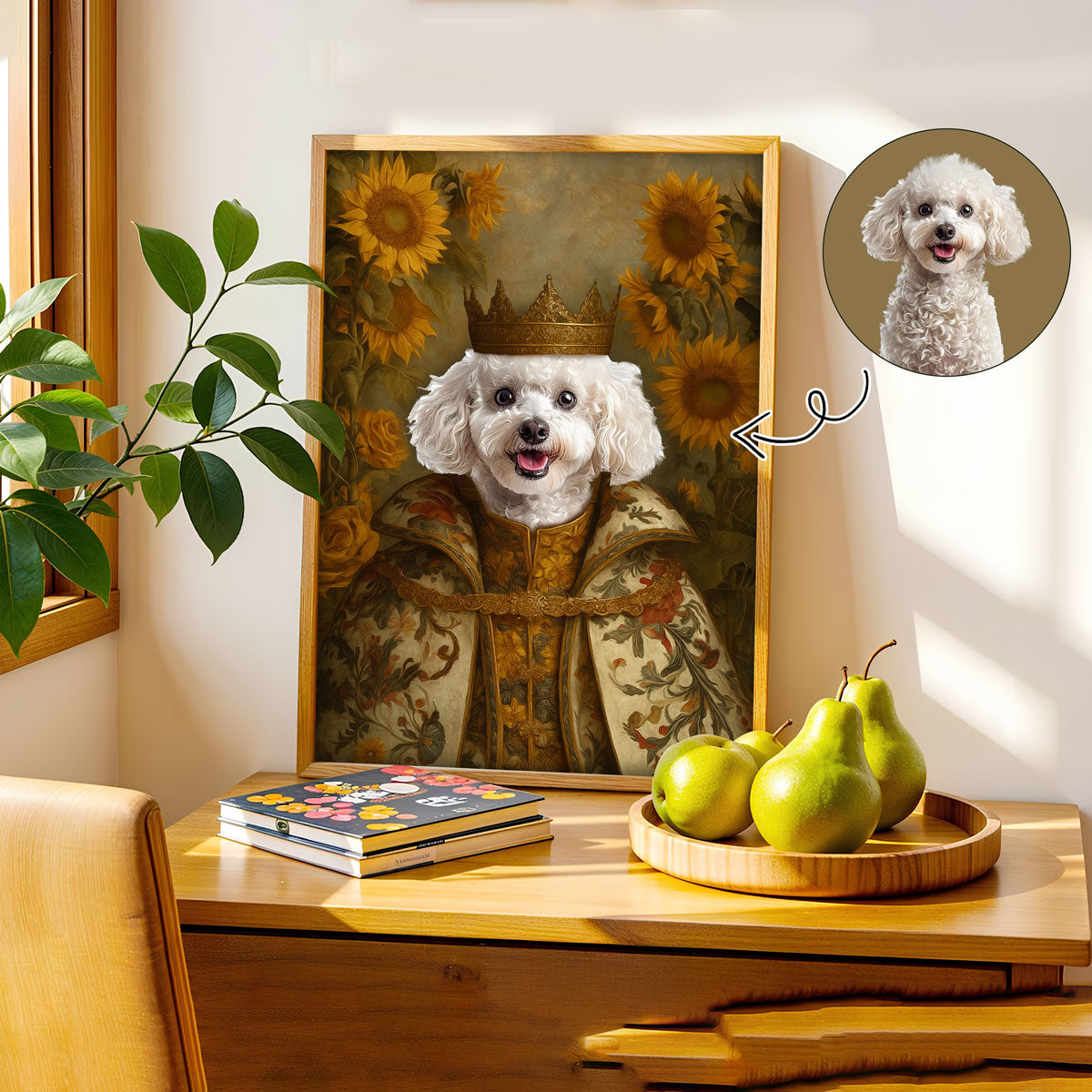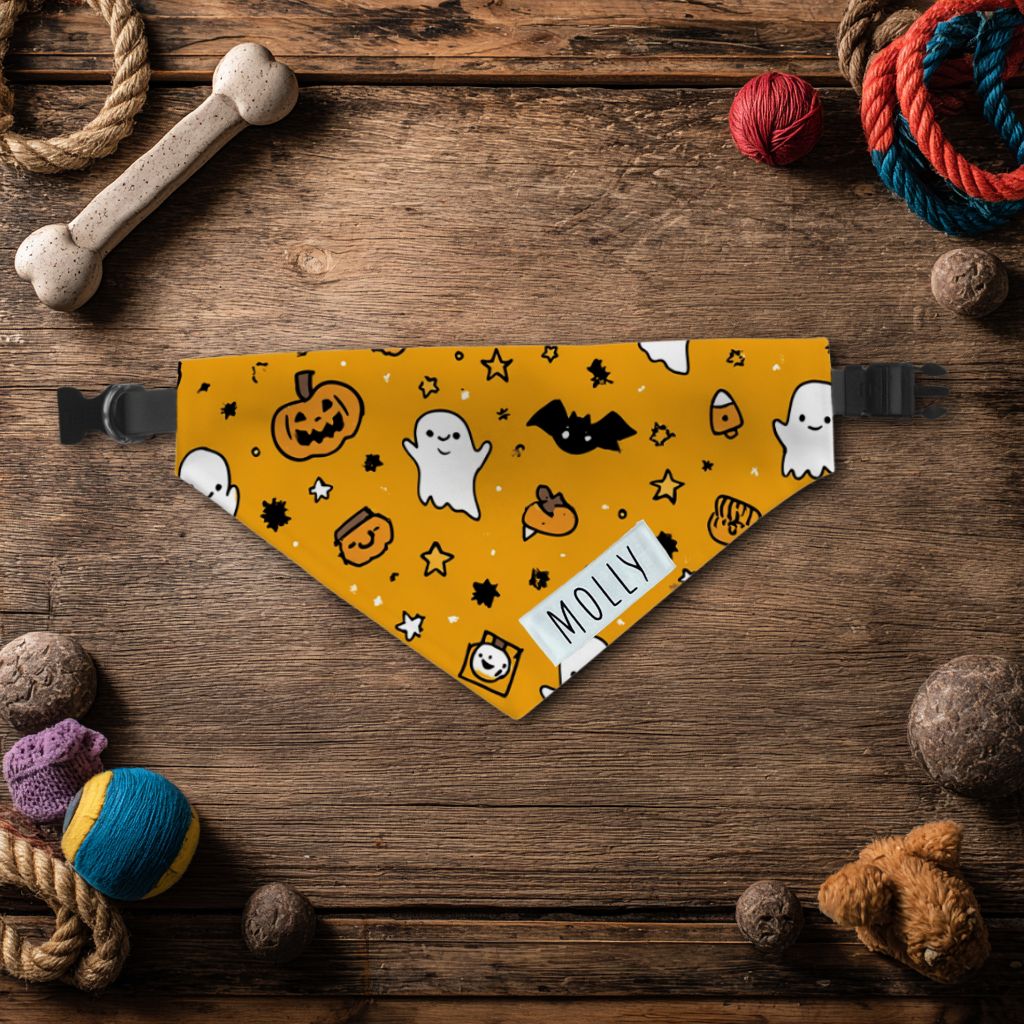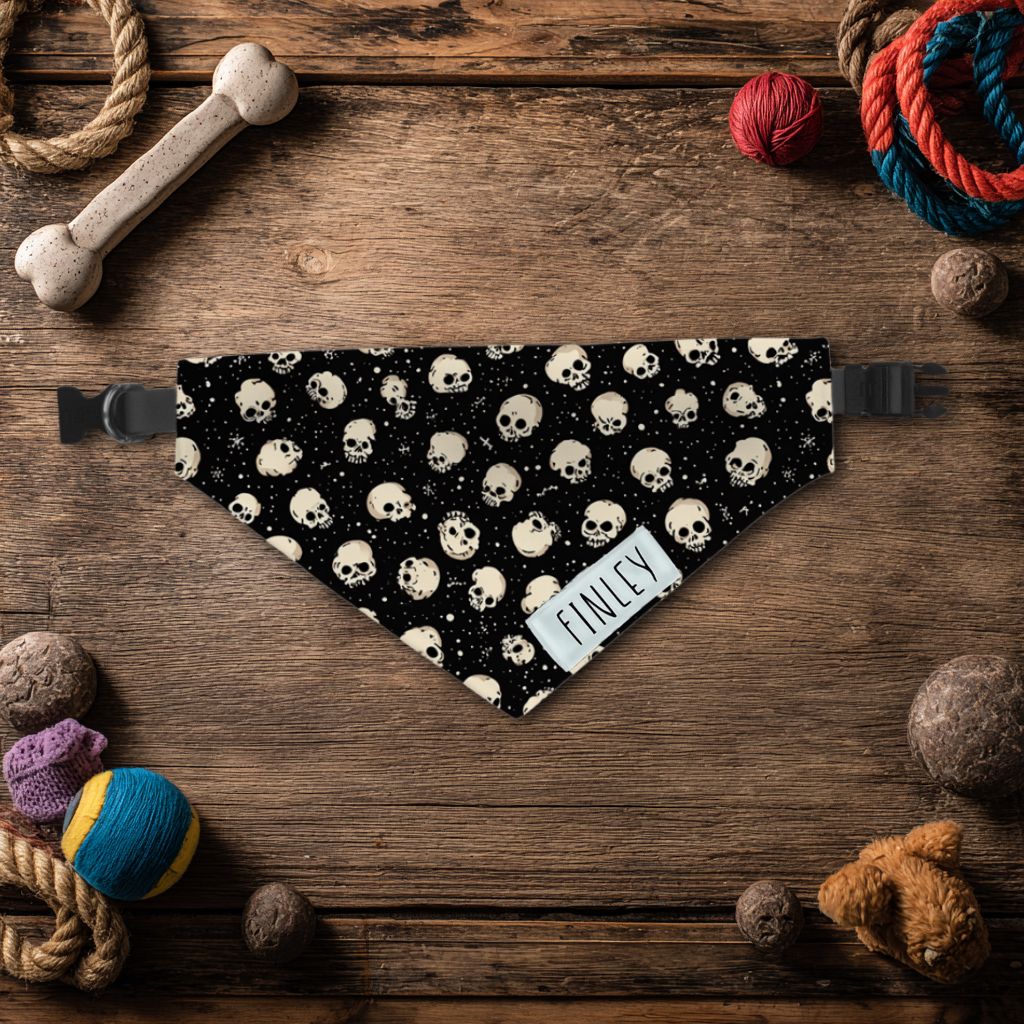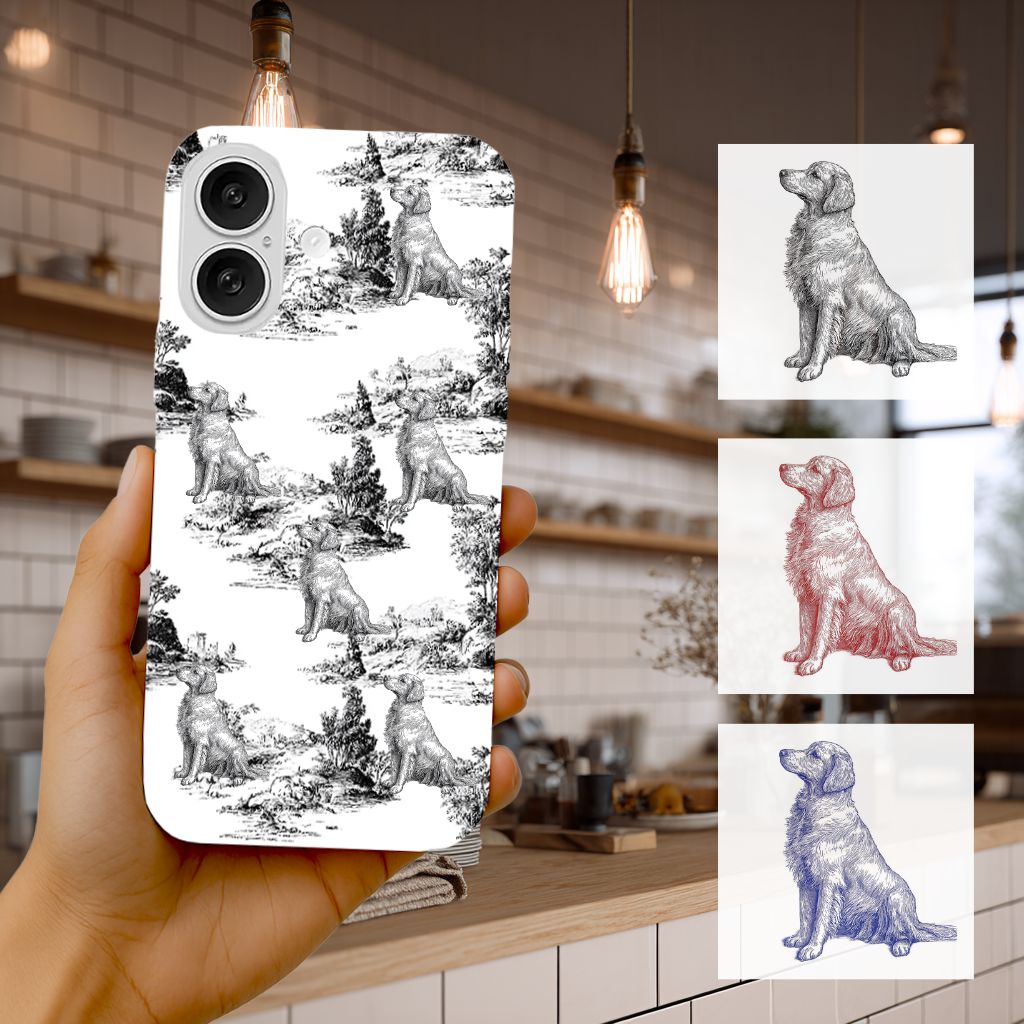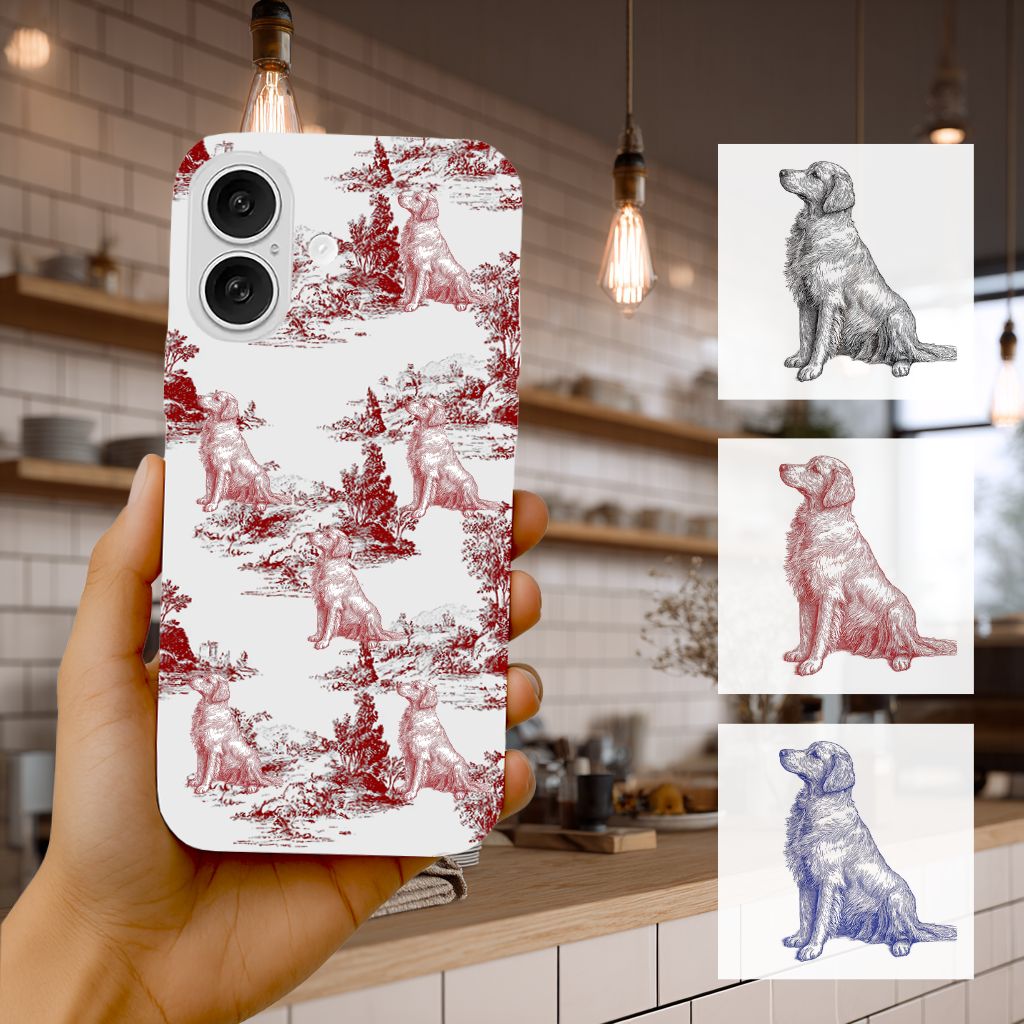🐶 Is Paw Licking Normal?
Occasional paw licking is a normal part of dog grooming. Dogs may lick to clean off dirt, mud, or something sticky they stepped on.
But excessive or obsessive licking — especially focused on one paw — may point to an underlying issue.
🔍 7 Reasons Why Dogs Lick Their Paws
1️⃣ Cleaning and Grooming
Dogs naturally lick to keep themselves clean. After walks or outdoor play, they may remove dirt, salt, or allergens from their paws.
2️⃣ Allergies
One of the most common causes of frequent paw licking is allergies. Triggers include:
-
Pollen or grass
-
Dust or mold
-
Certain foods
You might also see redness, swelling, or chewing between the toes.
3️⃣ Injury or Irritation
Cuts, insect bites, cracked nails, or embedded debris can cause discomfort. Licking is a dog’s way of soothing pain or trying to remove something stuck.
4️⃣ Dry Skin
Cold weather, low humidity, or contact with rough surfaces can dry out paw pads, making them itchy or flaky.
5️⃣ Parasites
Fleas, ticks, or mites can irritate the skin — and if they affect the paws, licking may increase.
6️⃣ Anxiety or Boredom
Some dogs lick their paws for comfort, similar to how people bite their nails. This can happen if they’re:
-
Alone for long hours
-
Not getting enough mental stimulation
-
Feeling stressed
7️⃣ Infections
Yeast or bacterial infections can develop between the toes, leading to itching, odor, and discoloration.
⚠️ When to Call the Vet
See your vet if your dog:
-
Licks the same paw constantly
-
Shows signs of pain, limping, or swelling
-
Has redness, sores, or bleeding
-
Develops a foul odor from paws
-
Suddenly starts licking more than usual
🐾 How to Help Your Dog at Home
-
Check paws daily for cuts, debris, or swelling
-
Wipe paws after walks to remove allergens
-
Keep nails trimmed and pads moisturized
-
Provide toys, walks, and mental games to reduce boredom
-
Use a protective bootie or paw balm in harsh weather
📌 Final Thoughts
So, why do dogs lick their paws?
Sometimes it’s just grooming. Other times, it’s their way of telling you something’s wrong.
By paying attention to patterns and changes in behavior, you can catch problems early and keep your dog happy, healthy, and comfortable.
